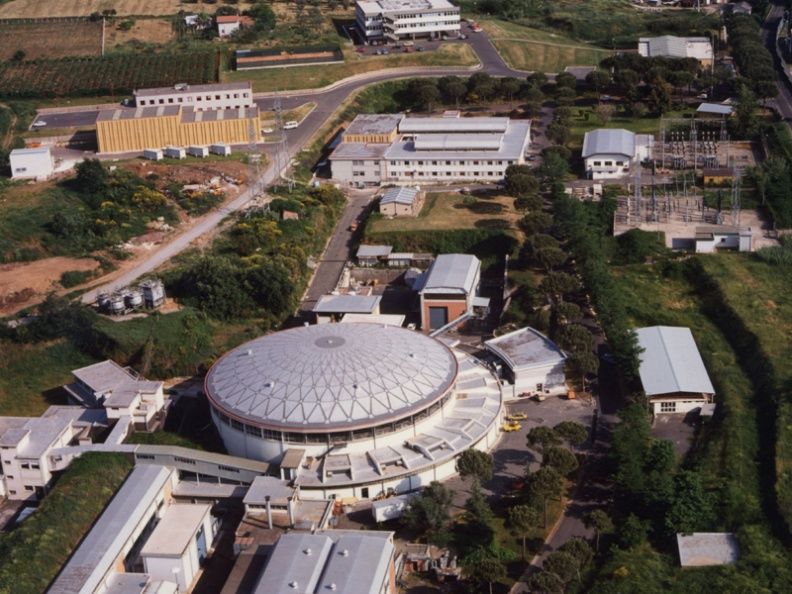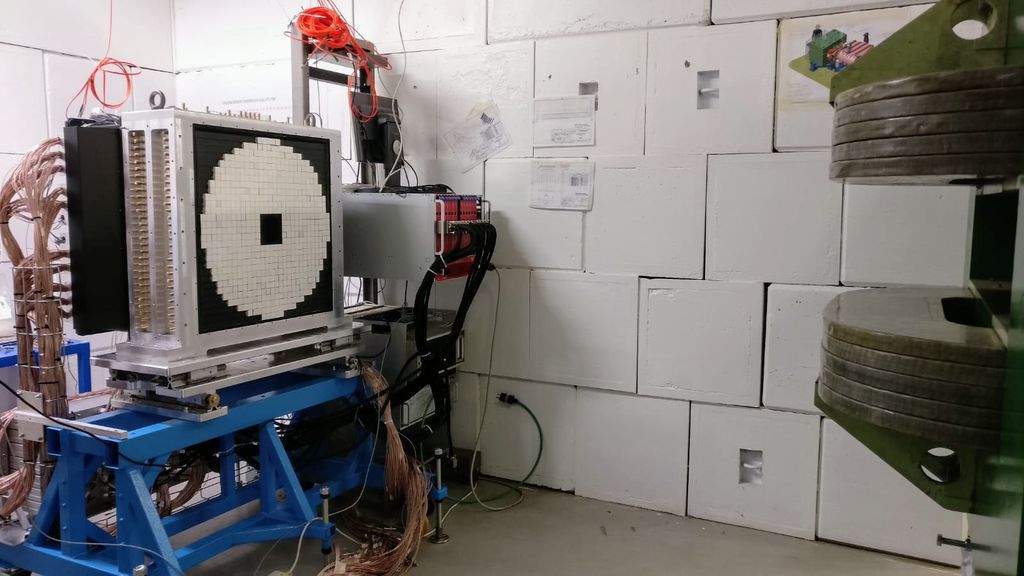
Dark Matter: The PADME Experiment at the Starting Blocks
The PADME-Positron Annihilation into Dark Matter Experiment experiment is about to begin the data collection phase at the Frascati National Laboratories of the Istituto Nazionale di Fisica Nucleare (INFN). PADME is dedicated to the search for the dark photon, a hypothetical particle similar to the photon of electromagnetism but provided with a small mass.
The experiment is based on the hypothesis that dark matter is sensitive to a new type of force, which is not among the four fundamental forces that we know (gravitational, electromagnetic, strong nuclear and weak nuclear), mediated by a "messenger" particle called dark photon. This possibility arises in several theoretical models that describe the dark matter, to which physicists from all over the world have been hunting for years.
"The study of dark matter," comments Mauro Raggi, spokesperson of the experiment and researcher at Sapienza and the National Institute of Nuclear Physics, "is one of the most fascinating frontiers of research in fundamental physics. We do not know what it is made of but we know that it is different from the particles that constitute ordinary matter such as protons, neutrons or electrons."
"PADME will start taking data in the coming weeks," underlines Paolo Valente, co-spokesman of the experiment "and will immediately start hunting for the dark photon, a particle similar to the ordinary photon but characterized by having a small mass."
The PADME experiment is an extremely precise device, able to observe the production of dark photons in collisions of electrons and anti-electrons, called positrons. The experiment is installed in the experimental hall of the Beam Test Facility (BTF) of the linear accelerator of the INFN National Laboratory of Frascati which accelerates positrons before "shooting" them on the PADME diamond target. Interacting with atomic electrons, the positrons could produce "dark photons" together with a visible photon.
For its operation PADME needs a strong magnetic field produced by a magnet on loan from CERN Super-Proto-Synchrotron.
Its calorimeter is composed of about 600 inorganic scintillation crystals and will provide a precise measurement of the characteristics of the visible photon from which it is possible to extract precise information on the existence and mass of the dark photon. PADME is an international collaboration involving researchers the University of Sofia, Bulgaria, which will take care of the scintillating bar detectors from, and the MTA Atomki institute in Debrecen, Hungary, where experiments have already been carried out on the "dark photon". Cornell University, Iowa University and William and Mary College are also members of the collaboration.
Technological aspects
The target, the calorimeter and the PADME beam monitor represent the result of cutting edge technologies whose development has required the collaboration of industrial partners with the research world (INFN researchers and solid state physicists).
The PADME active target is a one tenth of a millimetre membrane of polycrystalline artificial diamond and constitutes an innovative device. It was created by industrial partners in close collaboration with the INFN Lecce laboratories. The collaboration of INFN researchers with solid state physicists has also allowed the development of a new technique for the realization of conductive graphite strips, based on irradiation with laser light of the diamond surface.
The calorimeter is an example of how technologies developed in basic research can have application of great social impact. In fact the crystals used in the PADME calorimeter, originally created for particle physics, then migrated, thanks to the characteristics of granularity, high efficiency and density, in the field of medical diagnostics in particular in the realisation of PET devices.
The beam monitor is based on a silicon pixel technology called TimePix, developed at CERN, and realised in collaboration with a company from the Czech Republic (ADVACAM) that is working on industrial applications of this technology.



